In the world of premium soy sauce, connoisseurs and chefs alike have long debated what truly defines quality. While government grading systems and flashy labels dominate supermarket shelves, a quiet revolution is brewing among artisanal producers and discerning consumers. The emerging consensus? The date of fermentation matters far more than any arbitrary grade stamped on the bottle.
Walk down the condiment aisle of any grocery store, and you'll find soy sauces proudly displaying their "Grade A" or "Superior Quality" certifications. These classifications typically measure protein content, nitrogen levels, and other chemical markers established by food regulatory bodies. However, these metrics tell only part of the story - and increasingly, not the most important part. Like fine wine or aged cheese, the magic of truly remarkable soy sauce happens during the silent alchemy of fermentation.
Traditional brewmasters across Asia have known this truth for centuries. In small villages from Japan's Shodoshima Island to China's Pearl River Delta, artisans judge quality by the lunar calendar rather than government checklists. The best soy sauces begin their lives in specific seasons, when temperature and humidity create ideal conditions for koji mold and slow fermentation. This natural rhythm produces flavors no industrial shortcut can replicate, regardless of how many quality standards the final product meets.
Modern science now confirms what these traditions have long suggested. Researchers at several Asian universities have published studies showing how extended fermentation at proper temperatures creates more complex amino acid profiles than forced, accelerated processes. The difference becomes especially pronounced after the six-month mark, when secondary fermentation develops deeper umami characteristics. These nuances disappear in most grading systems, which prioritize measurable consistency over subtle artistry.
The implications reach beyond gourmet circles. As health-conscious consumers seek out fermented foods for their probiotic benefits, fermentation duration becomes a key indicator of nutritional value. Longer brewing allows for more complete protein breakdown, creating not just better flavor but more bioavailable nutrients. Some studies suggest properly aged soy sauce may contain beneficial compounds absent in quickly produced alternatives, regardless of their official grade.
This paradigm shift presents challenges for both producers and consumers. Artisanal makers investing in proper fermentation periods struggle against mass-produced competitors with higher grades but inferior processes. Meanwhile, shoppers accustomed to judging quality by visible certifications must learn to scrutinize less obvious markers like fermentation dates and methods. Some progressive retailers have begun listing "barrel date" alongside expiration dates, acknowledging this growing awareness.
Perhaps the most telling sign of change comes from elite kitchens worldwide. Michelin-starred chefs increasingly request specific fermentation dates rather than grades when sourcing soy sauce, treating it as they would a vintage wine. This professional endorsement trickles down to food enthusiasts, creating new appreciation for time-honored methods. As one Tokyo sauce maker remarked, "We don't make Grade A soy sauce. We make January 2018 soy sauce - and that tells you everything."
The next time you reach for that bottle of soy sauce, consider looking past the shiny grade emblem. Check instead for that humble fermentation date, the true signature of quality. In our rush to quantify everything, we risk missing the quiet wisdom of traditions that understood some things - like flavor, nutrition, and craftsmanship - can't be reduced to letter grades. The best soy sauce, it turns out, doesn't come with a rating. It comes with a story written in time.
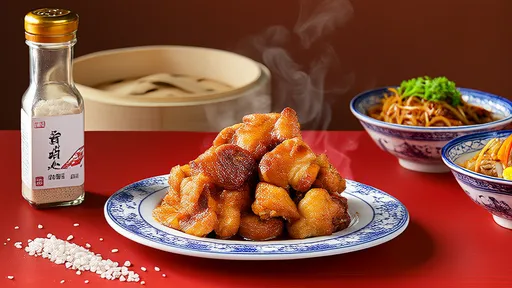
By /Jul 24, 2025
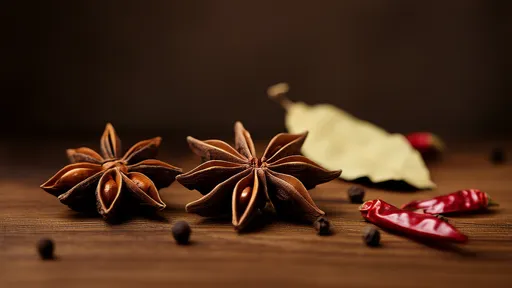
By /Jul 24, 2025
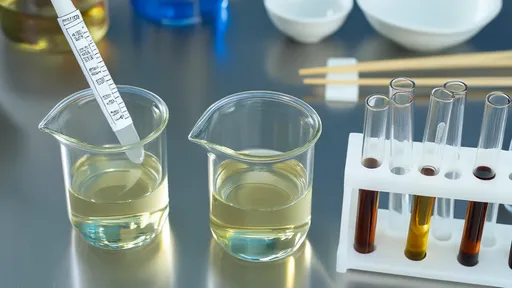
By /Jul 24, 2025
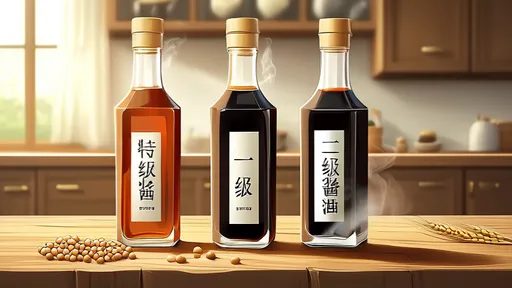
By /Jul 24, 2025

By /Jul 24, 2025

By /Jul 24, 2025
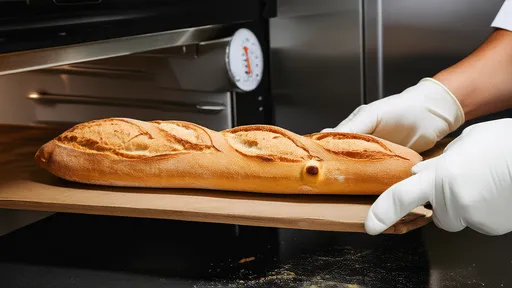
By /Jul 24, 2025
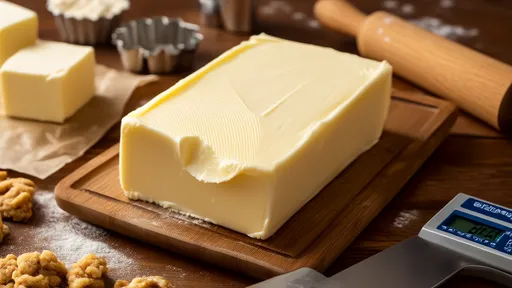
By /Jul 24, 2025
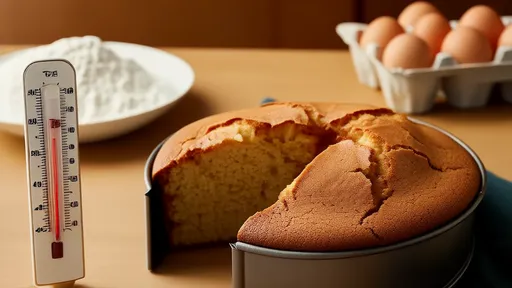
By /Jul 24, 2025
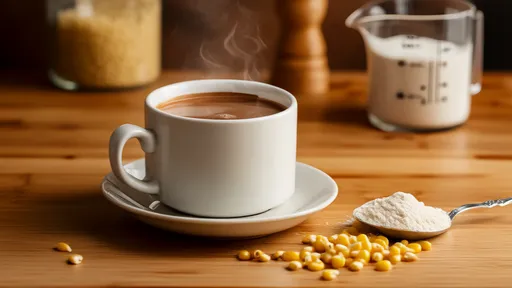
By /Jul 24, 2025

By /Jul 24, 2025
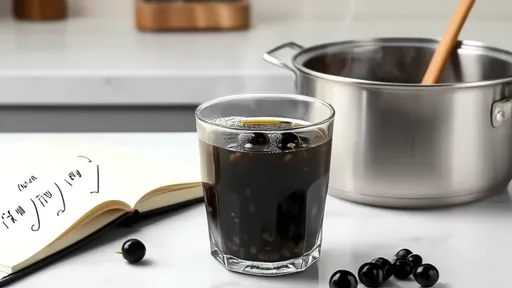
By /Jul 24, 2025
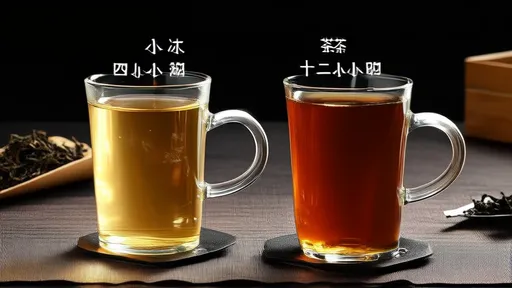
By /Jul 24, 2025
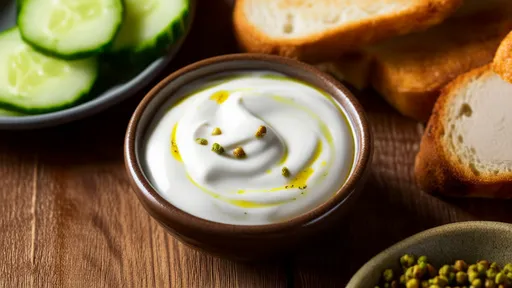
By /Jul 24, 2025
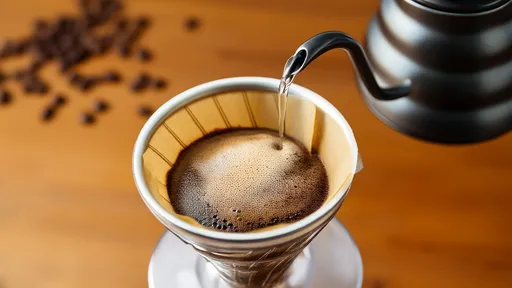
By /Jul 24, 2025

By /Jul 24, 2025
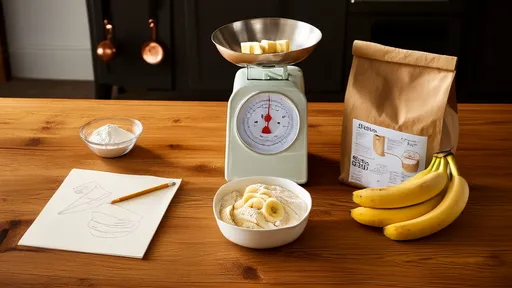
By /Jul 24, 2025

By /Jul 24, 2025